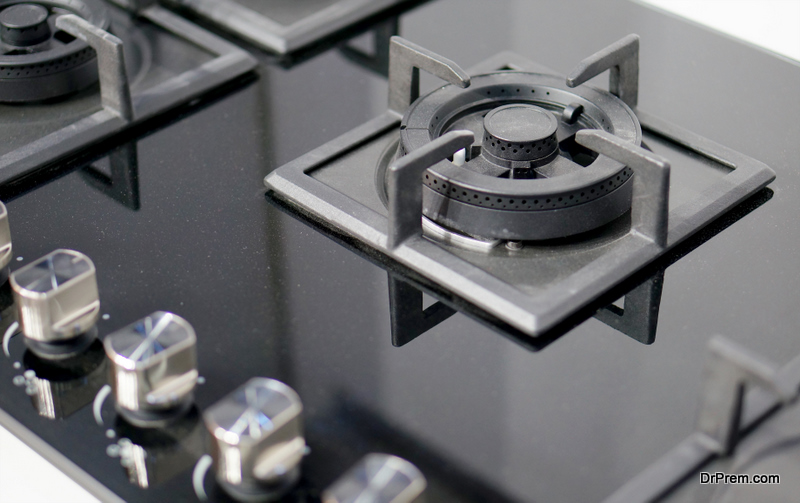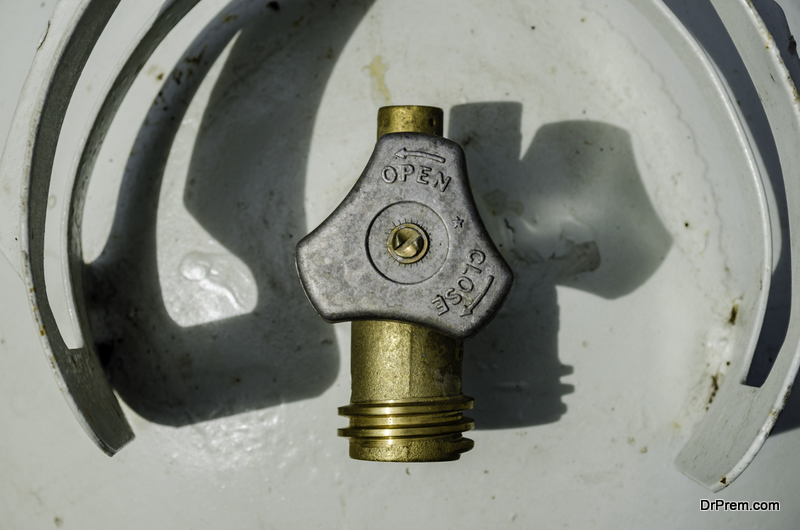If you’re thinking about switching your home’s fuel source to propane, there’s a lot you’ll want to consider. As with anything, propane comes with pros and cons, although over the long term, you are likely to save a lot of money. After all, the University of Wisconsin at Stevens Point reports that the U.S. is one of the top consumers of propane in the world, so you know there’s at least one good reason so many are utilizing this fuel source. But is it right for you?
Here’s what you should know.
1. You’ll Have to Convert Your Appliances
 Even though natural gas and propane burn similarly, you’re going to have to convert all of your appliances to work with propane. Many can be converted relatively easily, but not all, so you might have to consider the cost of buying any new equipment, researching to determine what you’ll need. If all of your appliances are electric, they’ll need to be replaced, but it may be worth the expense if you can save more over time.
Even though natural gas and propane burn similarly, you’re going to have to convert all of your appliances to work with propane. Many can be converted relatively easily, but not all, so you might have to consider the cost of buying any new equipment, researching to determine what you’ll need. If all of your appliances are electric, they’ll need to be replaced, but it may be worth the expense if you can save more over time.
2. Propane Tank Installation
If you’re switching your home’s energy source to propane, you’ll need to install a tank large enough to meet your needs. Some people will keep it above ground outside their house, but most will bury it underground to save their property’s appearance and safer keeping. One of the biggest obstacles around installing residential propane is the time and money it will take to dig up that hole for your tank, which means it isn’t going to be an overnight process.
3. Propane Provides Jobs for Americans
 The United States produces about 90 percent of propane, and the remaining 10 percent comes from its neighbors to the north and south, Canada and Mexico. That means that by choosing propane, you’ll be helping to ensure jobs for many Americans, contributing to the overall economy.
The United States produces about 90 percent of propane, and the remaining 10 percent comes from its neighbors to the north and south, Canada and Mexico. That means that by choosing propane, you’ll be helping to ensure jobs for many Americans, contributing to the overall economy.
4. Maintenance and Longevity Concerns
Propane appliances and tanks require annual maintenance to stay in good working condition. Technicians can come out to inspect and care for the connectors to ensure that they don’t leak or crack. A large stationary propane tank needs to be recertified ten years after the date of manufacture and every five years after that. Provided it was installed correctly and properly maintained, the tank is likely to remain suitable for use for decades.
5. Make Sure There’s Availability

Another important consideration before switching your home’s energy system over to propane is availability. You’ll obviously want to make sure it’s an option in your area. While there are thousands of suppliers across the country, if you’re in a more remote, rural region, there is a possibility there may not be a supplier who can get you set up with a tank large enough for your needs.
6. Potential for Flooding
If you live in an area subject to a lot of rain and the potential for flooding, you’ll need to prevent floating, which can happen when the hole dug for your tank goes under the water level. You may be able to have a cement layer installed at the bottom of the ditch before placing the tank on top of it to reduce the amount of water it would be exposed to. Or consider installing an above-ground tank instead.
Article Submitted By Community Writer




